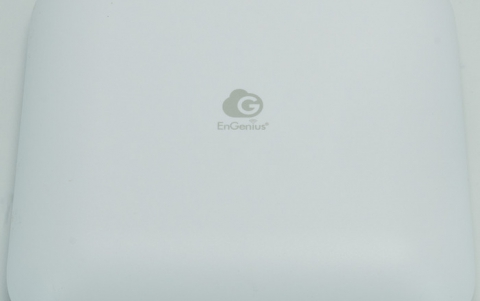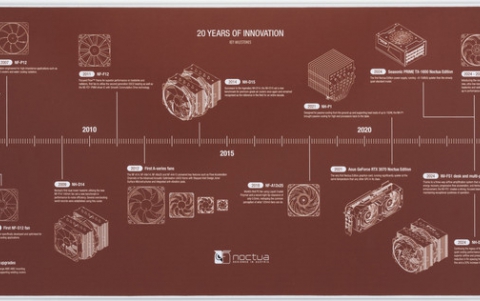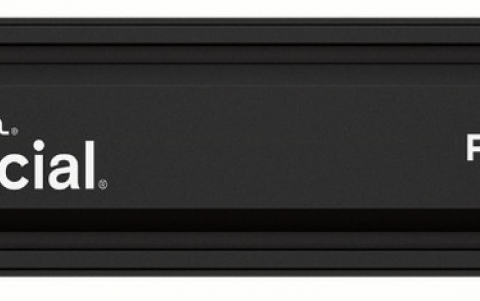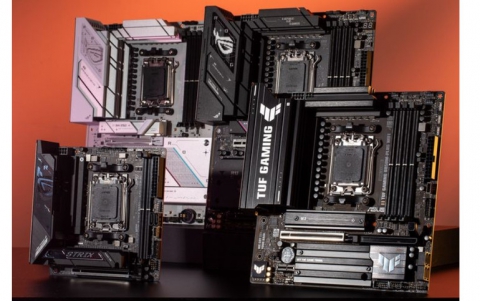Making Professional DVD from Authoring to Replication
3. The Workflow
2.0 The Workflow
As in cooking, making DVD is a step-by-step process. By and large, we can divide the process into these following activities.
2.1 Video Capturing (Video Transfer)
DVD is all about video (although this is not true; there is audio DVD and data DVD as explained above) and video comes from different sources. In order to create DVD on computer you will need to somehow convert the video source into computer video files for later editing. Common way of getting video into the computer is by IEEE 1394 Firewire. Most video camcorders now have a Firewire output. If you have the older camcorder then you will need to have a hardware capture card plugged into your computer. As the power of PCs is getting more powerful capture cards are becoming less popular. In either case just follow the User's Guides that come with the device to transfer your video into digital file.
A video capture software should be run on the computer to receive the video stream from the video source device. The user interfaces of the software differ among different pieces of software. The format for the captured video can be different too. It can be either AVI or Mpeg-2 and each format has its pros and cons. AVI is the raw video format with gigantic file size. A 10-minute video in AVI format can eat up 2GB of disk space easily. Being an un-compressed format, AVI preserves the video quality. If you have a powerful computer with a lot of disk space, AVI will probably be the best bet. Mpeg-2 is the native format for DVD and it is a compressed format, meaning the file size will be much smaller and the video is re-constructed based on a very complex mathematical algorithm. Since our ultimate goal is making DVD so capturing in Mpeg-2 format makes a lot of sense. The disadvantages of capture in Mpeg-2 format are: i) if you have a slow computer the CPU may not be fast enough to process and compress an individual frame which in turn causes drop frames; ii) you will have no control over how many passes need to compress the file into Mpeg-2. The quality of the video will improve if the compression software scans the video more than one time to determine the optimal streaming rates. But with real time Mpeg-2 capturing this is pretty impossible. Normally if the video does not have fast moving scenes then one pass should be ok.
2.2 Video Editing
Once captured, video has to be trimmed, re-arranged, cropped, and beautified
by added effects such as transitions. Video editing can be the critical part of
your project. Good or bad, the result of the editing dictates whether the DVD is
professional or amateurish; outstanding or mediocre. There is an array of video
edit software, ranging from totally free to couple of thousands dollars. We will
discuss them thoroughly in the following sections.
There is an analogy
between word processing and video editing. In word processing we are dealing
with paragraphs and in video editing we are dealing with video clips. Let say
you are writing a long essay such as this. Once the essay is written you will
need to refine it rhetorically by doing some editing. So you will probably move
paragraphs around, splitting a long paragraph into two or even three. The same
applies to video editing. You might have a long scene that you want to divide,
some bad scenes you might want to get rid of, and you might want to re-arrange
the scenes in different chronological order.
2.3 Video Encoding
There won't be the need for encoding if there is only one video format. But
in the video world there are many formats, namely AVI, MPG-1, MPG-2, DivX, MOV,
WMV, etc. Encoding is essentially a transformation from one format to the other.
An analogy will be for human language. A thought of "Thank you!" in English has
to be translated to "Danker" in German so the recipient will understand. In the
case of DVD, an AVI file has to be converted into MPG-2 format in order for the
DVD player to understand. The software or hardware device usually associated
with encoding is "Codec." Codec stands for Coding and Decoding and there are
many examples in the real world that require these processes. Translation among
different human languages is one example. In covert operation, a message may
need to be encoded in a special way so only the intended recipient can read it.
When the recipient receives the message he or she has to decode it. The rule
governing the encode and decode process is called an algorithm. Another good
example is the ubiquitous WinZip program. By zipping a file we are encoding it
to another format and by unzipping it we are recovering (or decoding) its
original content.
The encoding used for DVD is called Mpeg-2. Mpeg-2 not
only converts the video but also compresses it and this allows a 4.7GB DVD-5 to
hold video up to 2 hours. The DVD player (either the set-top unit or the
software in a computer) will decode the Mpeg-2 stream and convert it back to
video signal suitable to be viewed on the screen. It's a misnomer to call some
software as a codec if they only do encoding without decoding or vice versa. So
it's more appropriate to call some of them as encoder or decoder instead of
codec. A codec should do both encoding and decoding.
2.4 DVD Authoring
Let say you have all the asset elements (i.e. video, audio, menu background, subtitles) ready, it's time to combine them together into an integrated DVD. Again, there are a lot of software products that can accomplish this goal. We will describe them in the follow sections.
2.5 DVD Mastering
The result of your authoring needs to be transfer to physical media such as DVD-Rs or DLT tapes for testing or for sending out for replication. At this stage you will need to consider issues such as copy protection and region limitation. If your DVD does not have menus, you will need to consider DVD specifications compliance which is ignored even by famous DVD writing software such as NERO.













